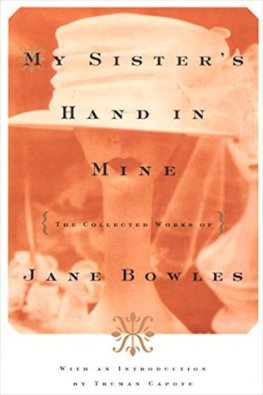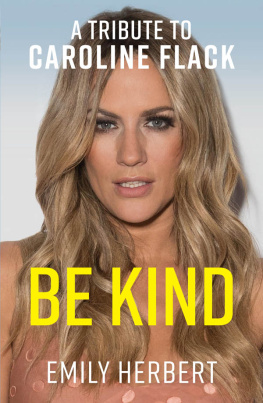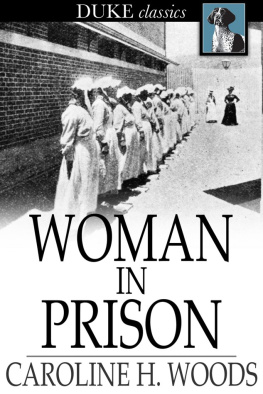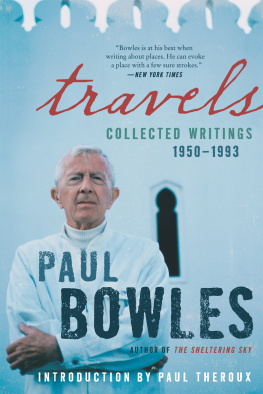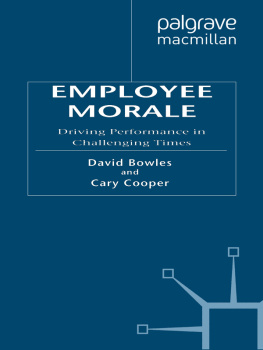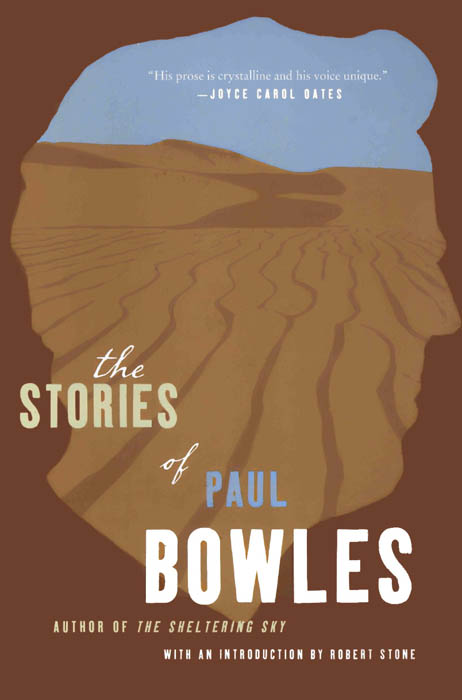

First published 1998 by Ashgate Publishing
Reissued 2018 by Routledge
2 Park Square, Milton Park, Abingdon, Oxon, OX14 4RN
711 Third Avenue, New York, NY 10017
Routledge is an imprint of the Taylor & Francis Group, an informa business
Copyright Virginia Blain, 1998
All rights reserved. No part of this book may be reprinted or reproduced or utilised in any form or by any electronic, mechanical, or other means, now known or hereafter invented, including photocopying and recording, or in any information storage or retrieval system, without permission in writing from the publishers.
Notice:
Product or corporate names may be trademarks or registered trademarks, and are used only for identification and explanation without intent to infringe.
Publishers Note
The publisher has gone to great lengths to ensure the quality of this reprint but points out that some imperfections in the original copies may be apparent.
Disclaimer
The publisher has made every effort to trace copyright holders and welcomes correspondence from those they have been unable to contact.
A Library of Congress record exists under LC control number: 97039920
Typeset in Sabon by Manton Typesetters, 57 Eastfield Road, Louth, Lincolnshire, LN11 7AJ
ISBN 13: 978-1-138-61200-6 (hbk)
ISBN 13: 978-1-138-61204-4 (pbk)
ISBN 13: 978-0-429-45937-5 (ebk)
The Nineteenth Century General Editors Preface
The aim of this series is to reflect, develop and extend the great burgeoning of interest in the nineteenth century that has been an inevitable feature of recent decades, as that former epoch has come more sharply into focus as a locus for our understanding not only of the past but of the contours of our modernity. Though it is dedicated principally to the publication of original monographs and symposia in literature, history, cultural analysis, and associated fields, there will be a salient role for reprints of significant texts from, or about, the period. Our overarching policy is to address the spectrum of nineteenth-century studies without exception, achieving the widest scope in chronology, approach and range of concern. This, we believe, distinguishes our project from comparable ones, and means, for example, that in the relevant areas of scholarship we both recognize and cut innovatively across such parameters as those suggested by the designations Romantic and Victorian. We welcome new ideas, while valuing tradition. It is hoped that the world which predates yet so forcibly predicts and engages our own will emerge in parts, as a whole, and in the lively currents of debate and change that are so manifest an aspect of its intellectual, artistic and social landscape.
Vincent Newey
Joanne Shattock
University of Leicester
Correspondence with Robert Southey (extracts)
Early poems, 1820-30
From Ellen Fitzarthur, 1820
From The Widows Tale, 1822
The sea of life
From Solitary Hours, 1826
Autumn flowers
The night-smelling stock
Farewell to my friends
The broken bridge
There is a tongue in every leaf
I never cast a flower away
Rangers grave. March 1825
Abjuration
The mariners hymn
From Blackwoods Edinburgh Magazine, 1827
My old dog and I
From The Birth-day ... to Which are Added Occasional Verses, 1836
To the sweet-scented cyclamen
The hedgehog
Once upon a time
Occasional poems, 1831-33
The Cats Tail: Being the History of Childe Merlin. A Tale, 1831
Tales of the Factories, 1833
Verse autobiography, 1836
The Birth-day; a Poem, in Three Parts, 1836
Last poems, 1836-47
From Robin Hood: a Fragment, 1847
The murder glen
Wild flowers (extract)
Written in the fly-leaf of my fathers old copy of Izaac Waltons Complete Angler
The landing of the primrose
The young grey head (extract)
The evening walk (extract)
Thats what we are
Sonnets:
Unthinking youth! How prodigal thou art
Forgive, O Father! the infirmity
On, on upon our mortal course we go
To an old family portrait
We came together at lifes eventide
Prose writings
Thoughts on letter writing (extract)
Childhood (extract)
Beauty
Harmless Johnny
Broad Summerford (extract)
Andrew Cleaves (extract)
Frontispiece Caroline Bowles and Mufti. By herself.
To L. E. R.
I am a happy creature! none Im sure
Had ever friend so loving and so kind ...
Editha: a Dramatic Sketch
I first became interested in Caroline Bowles Southey in the 1980s when I came across her poem The Birth-day while working on material for The Feminist Companion. Here was a woman writing in the early nineteenth century, actually daring to present to the world the intimate story of her own childhood in the lofty Miltonic form of blank verse. What was even more startling, she was doing it with impressive ease and fluency well before Wordsworths supposedly unique composition in the genre, The Prelude, was posthumously published in 1850.
Some years later, in the autumn of 1994, I was in the Wordsworth Museum at Dove Cottage, Grasmere, and found myself by happy chance in a special exhibition of Romantic Women Writers in the downstairs space. To my surprise and delight, I found that no less than five pictures attributed to Caroline Bowles had been hung as part of the visual complement to displays of books and manuscripts. I had known that she had talent as an artist (her self-portrait was chosen by Ernest Dowden as frontispiece to his edition of The Correspondence of Robert Southey with Caroline Bowles), And Caroline Bowles was passionately fond of her dogs, who feature in a number of amusing (and some sad) poems. The second picture on display, a water-colour sketch of Edith Southey and Sara Coleridge, it has since been established, is actually by Edward Nash.
The next three paintings are landscapes in oils; one a view over Derwentwater, the other two of Greta Hall, for many years Southeys place of residence at Keswick in the Lake District. The first view of Greta Hall is of the entrance framed by heavily branched trees, showing a male figure dressed in eighteenth-century style. He carries what looks like a stout walking-stick: it may be Southey himself. The second view is much more intimate. It looks out from within Southeys study, over his desk and through the large window to the town and steeple beyond the grounds. I was struck by the contrast in the two pictures: the exterior scene quite formal, even a little forbidding in the way the trees are placed and the lone figure; the interior much more familiar, yet still in a sense expressing loneliness, looking outward from solitariness toward a wider life, yet cut off from it by the framing device of the window, curtained like a stage. (Both are reproduced in the current volume: see p. 26 and p. 218 below.)


